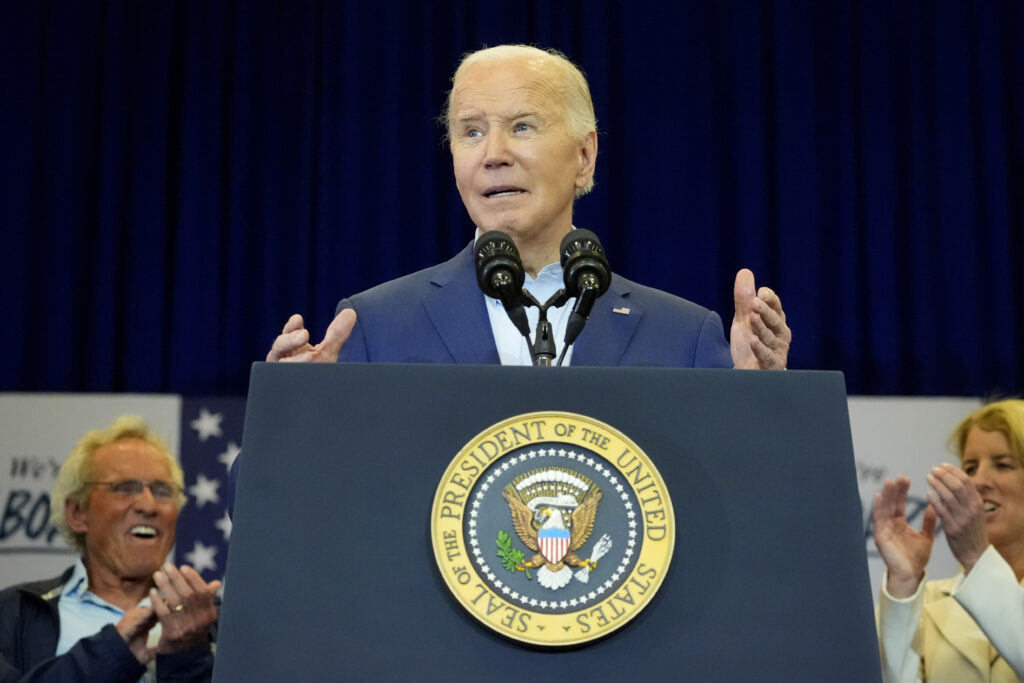U.S. Household Credit Card Debt Up 13 Percent as Cost of Living Surges: Report
Credit card debt held by American households surged in the second quarter of 2022, according to the Federal Reserve Bank of New York’s Center for Microeconomic Data’s quarterly report, published on Aug. 2.
The report (pdf) on household debt and credit showed that total household debt reached $16.15 trillion at the end of June, marking an increase of $312 billion, or a 2 percent rise from the first quarter of 2022.
“Balances now stand at $16.15 trillion and have increased by $2 trillion since the end of 2019, just before the pandemic recession,” notes the report, which is based on data from the New York Fed’s nationally representative Consumer Credit Panel.
Mortgage balances rose by $207 billion in the second quarter of 2022 and stood at $11.39 trillion at the end of June, compared with $10.44 trillion in the year-ago period, while credit card balances also have increased, by $46 billion, since the first quarter
The report notes that while seasonal patterns typically include an increase in the second quarter, “the 13 percent cumulative increase in credit card balances since second quarter 2021 represents the largest in more than 20 years.”
Auto loans, meanwhile, also rose, by $33 billion, in the second quarter, to $199 billion, which marks a continued upward trajectory that has been in place since 2011.
Student loan balances, which have been on hold since early on during the COVID-19 pandemic, now stand at $1.59 trillion, roughly unchanged from the first quarter of 2022.
“Other balances—which include retail cards and other consumer loans—increased by a robust $25 billion,” the report notes. “In total, non-housing balances grew by $103 billion, the largest increase seen since 2016.”
Cutting Back on Spending
The data come as Americans are battling with consumer prices that were up 9.1 percent over the 12. months ended June, which is the largest increase in 40 years.
A recent poll by Suffolk University/USA TODAY (pdf) found that 45.3 percent of Americans have had to cut back their spending on groceries, while 48 percent are driving less, as the cost of food and gasoline has surged in recent months.
As American households are forced to tighten their belts and fears of a recession mount, a string of big retailers across the country have warned that price hikes are affecting how customers shop, and have thus slashed their quarterly and full-year profit outlooks in response.
Retail giant Walmart, for example, stated late last month that food inflation has reached double digits, which is “affecting customers’ ability to spend on general merchandise categories and requiring more markdowns to move through the inventory, particularly apparel.”
Other firms have sounded the alarm, too.
Joelle Scally, administrator of the Center for Microeconomic Data at the New York Fed, said on Tuesday that the data show “robust increases in mortgage, auto loan, and credit card balances, driven in part by rising prices.”
“While household balance sheets overall appear to be in a strong position, we are seeing rising delinquencies among subprime and low-income borrowers with rates approaching pre-pandemic levels,” Scally added.
In an accompanying Liberty Street Economics blog post, the New York Fed noted that with the supportive policies that were rolled out during the pandemic now behind us, “there are pockets of borrowers who are beginning to show some distress on their debt.”
The post added that “the delinquency transition rates for credit cards and auto loans are creeping up, particularly in lower-income areas.”
" Conservative News Daily does not always share or support the views and opinions expressed here; they are just those of the writer."





